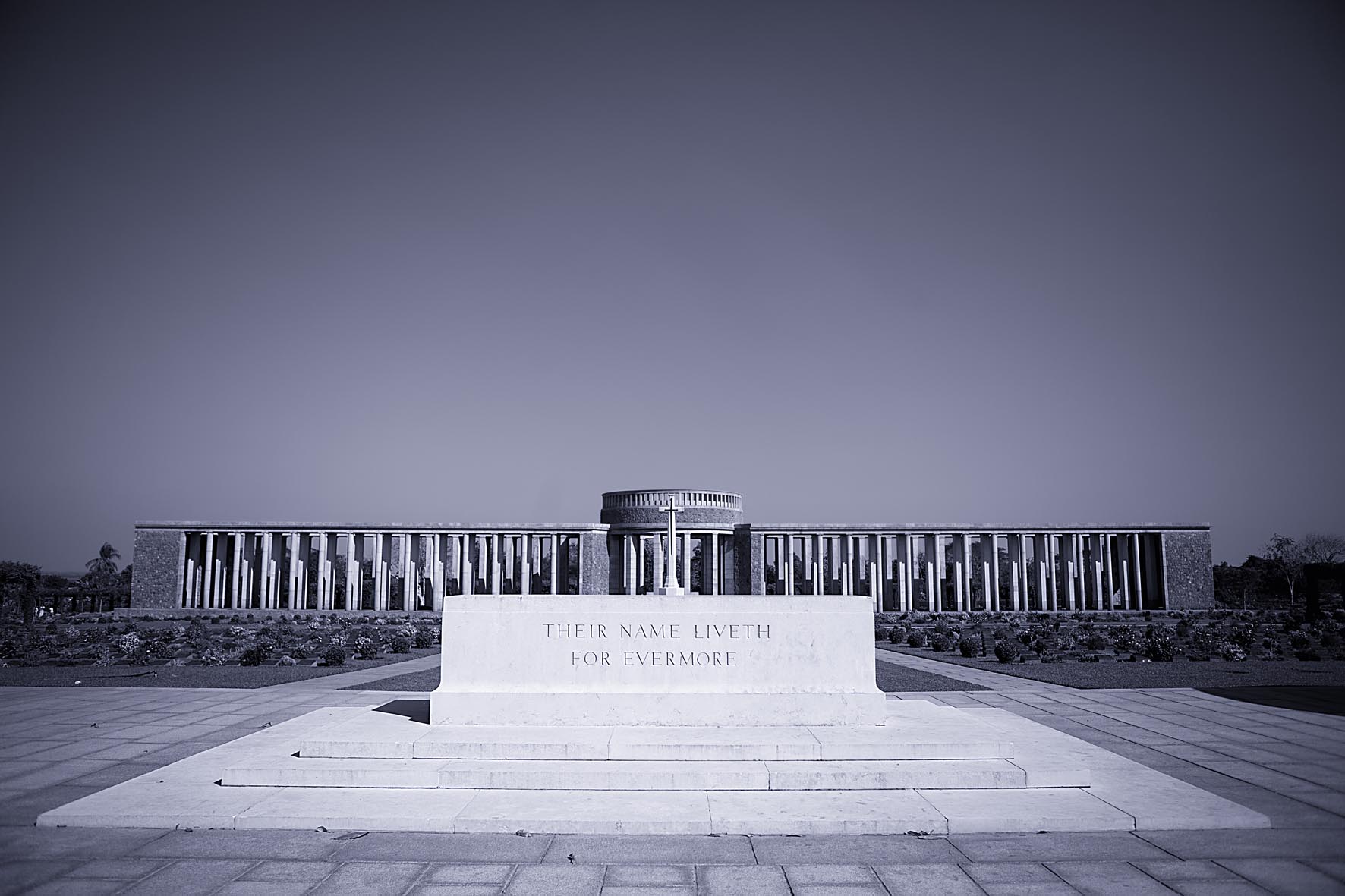
The British empire under the banner of East India Company, in the early 18th century, controlled the entire Indian sub-continent, except for the “Sikh Empire” under Maharaja Ranjit Singh. The western boundaries of the British Empire ceded at the banks of River Sutlej in Punjab, while the Sikh empire continued to expand into Afghanistan, Kashmir, Ladakh and had attempted to reach as far as Western Tibet.
After the demise of Maharaja Ranjit Singh, Gulab Singh, the Dogra minister in his cabinet betrayed the forces of the Sikh Army engaged in the two Anglo-Sikh wars against the British aggression. This act by Gulab Singh was in exchange for an award from the British to carve out Kashmir from the Sikh Empire and hand it as him its independent control. Thi treachery brought an end to the mighty expanse of the Sikh empire, the last remaining bastion of independent India.
British chronicles are filled with the heroic acts of the Sikhs and they acknowledge that the two Anglo-Sikh wars were the toughest in the British conquest of India. An extract from the “Leaves from the Journal of a Subaltern” on Page 155 reads,
“The Sikhs, fought like devils…fierce and untamed even in their dying struggle…Such a mass of men I have never set an eye on and as plucky as lions : they ran right on the bayonets and struck the assailants when they were transfixed.”
The Sikhs fought two mighty Anglo-Sikh wars against the British but then at the turn of the century, they contributed 25% of the army from the Indian Sub-continent that fought on behalf of the Allied forces during the two World Wars. This contribution by 2% of India’s population that are Sikhs is also well recognized in the British texts of World War 1 & 2.
General Sir Frank Messervy, from the foreword of Colonel F.T. Birdwood, in the text “The Sikh Regiments in the Second World War” says,
“In the last two world wars, 83,005 turban wearing Sikh soldiers were killed and 109,045 were wounded for the freedom of the World, with no other protection but the turban, the symbol of their faith.”
However, I feel the contribution of Sikh soldiers during the two World Wars, with their presence in countries like Germany, France, Britain, Singapore, Burma, etc has not been fully recognized in terms of awareness amongst today’s population.
The Commonwealth Wealth Graves commission maintains War memorials in many countries across Europe, Turkey, Egypt, Hong Kong, Singapore, Burma, etc. One such War memorial lies in the outskirts of Yangon (Rangoon), Myanmar (Burma). It is called Taukkyan War Cemetery. A large number of the 27,000 names of soldiers are of the many Indian Army nationals who fought and died in Burma during World War 1 and 2.
I felt proud to see the inscription in Gurmukhi (Punjabi) language on the walls of the memorial,

which translated in English reads “THEY DIED FOR ALL FREE MEN”
As I walked around the cemetry, the words of Guru Gobind Singh (10th Sikh Guru) resonated within me,
O Lord grant me the boon, that I may never deviate from doing a good deed.
That I shall not fear when I go into combat. And with determination I be victorious.
That I may teach myself this greed alone, to learn only Thy praises.
And when the last days of my life come, I may die in the might of the battlefield.
Sharing the pictures from the visit to Taukkyan War Cemetry in Myamar.

Photo : Taukkyan War Cemetry, Myanmar
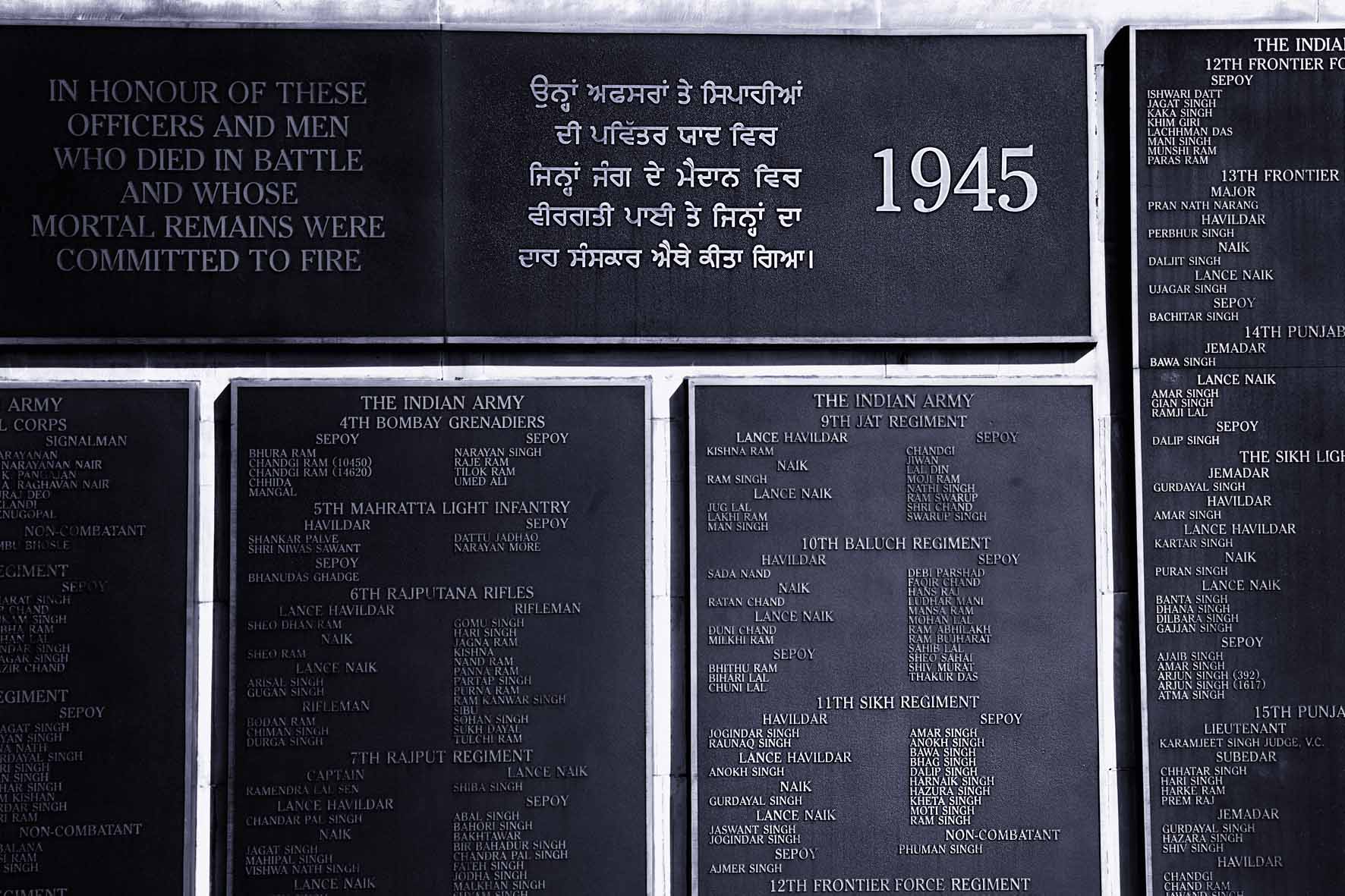
Photo : Taukkyan War Cemetry, Myanmar
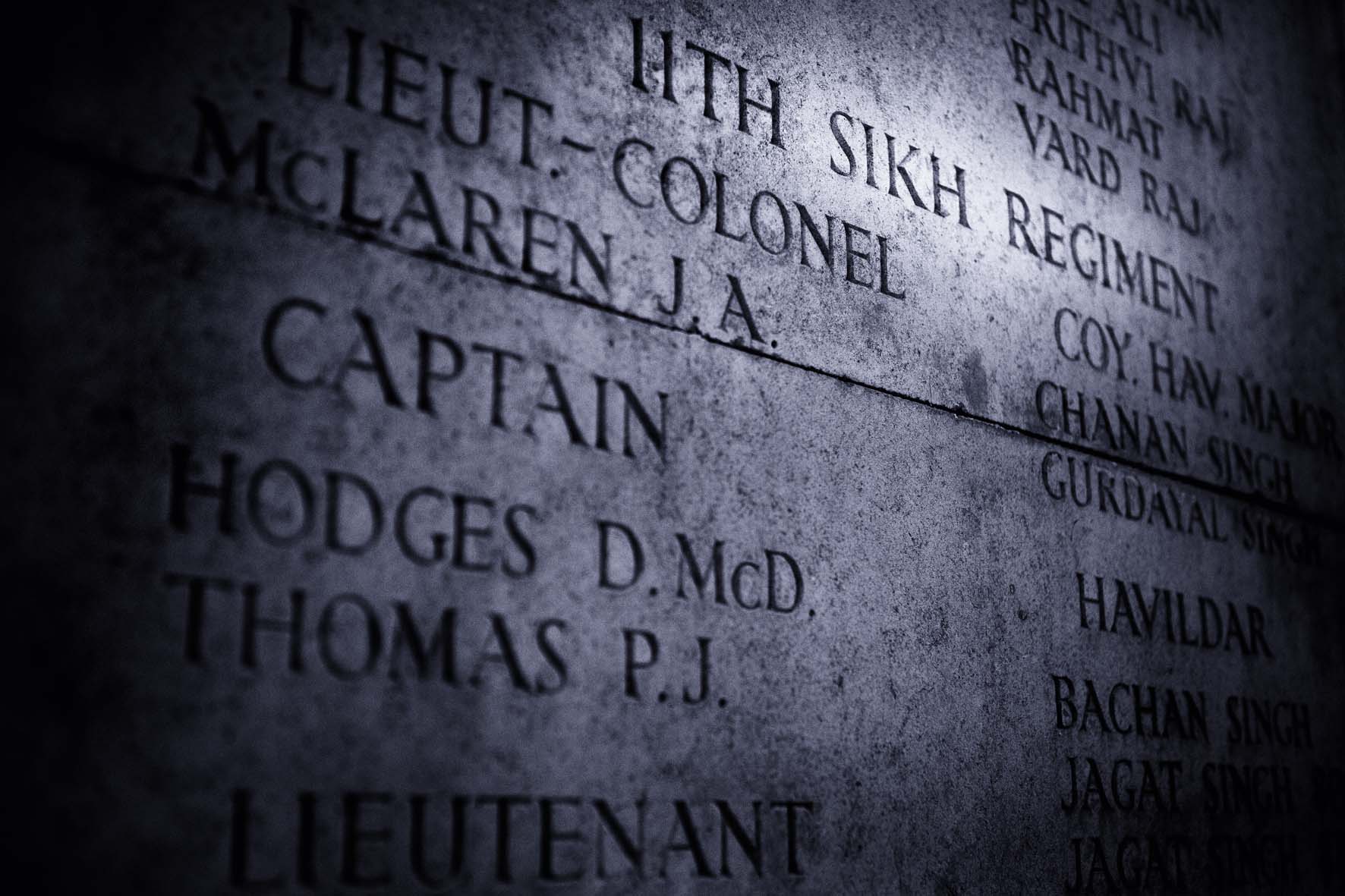
Photo : Taukkyan War Cemetry, Myanmar
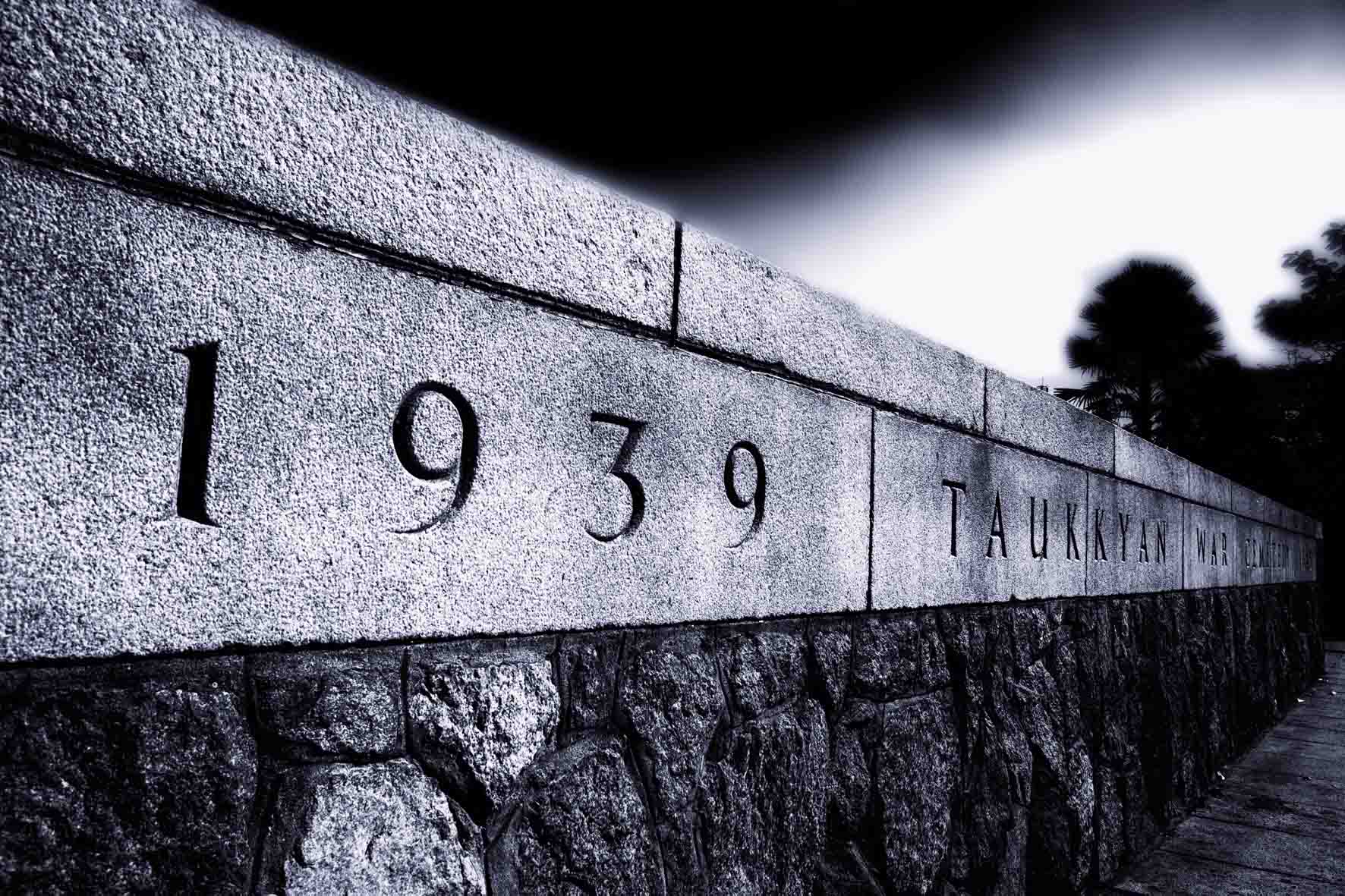
Photo : Taukkyan War Cemetry, Myanmar
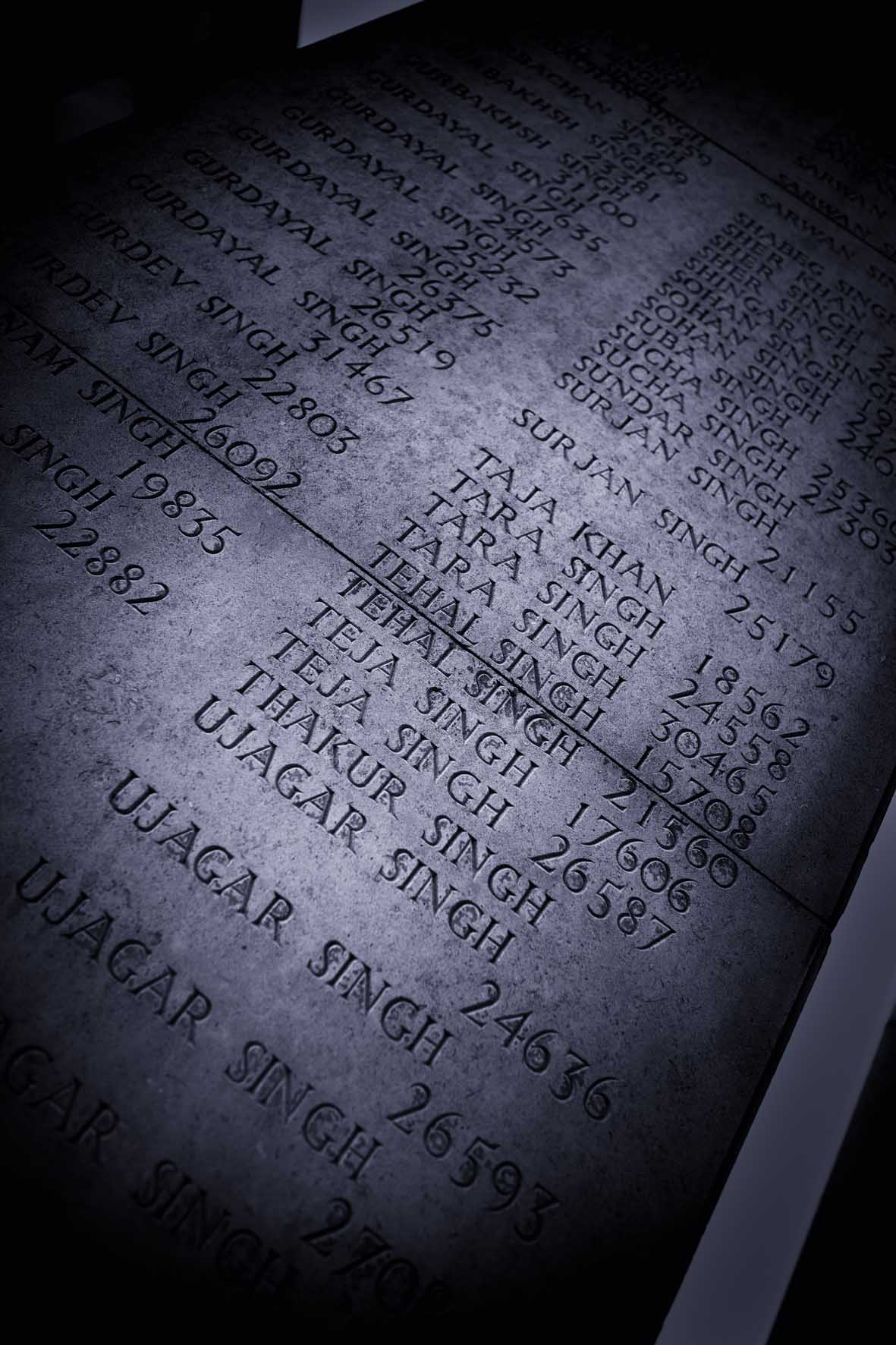
Photo : Taukkyan War Cemetry, Myanmar
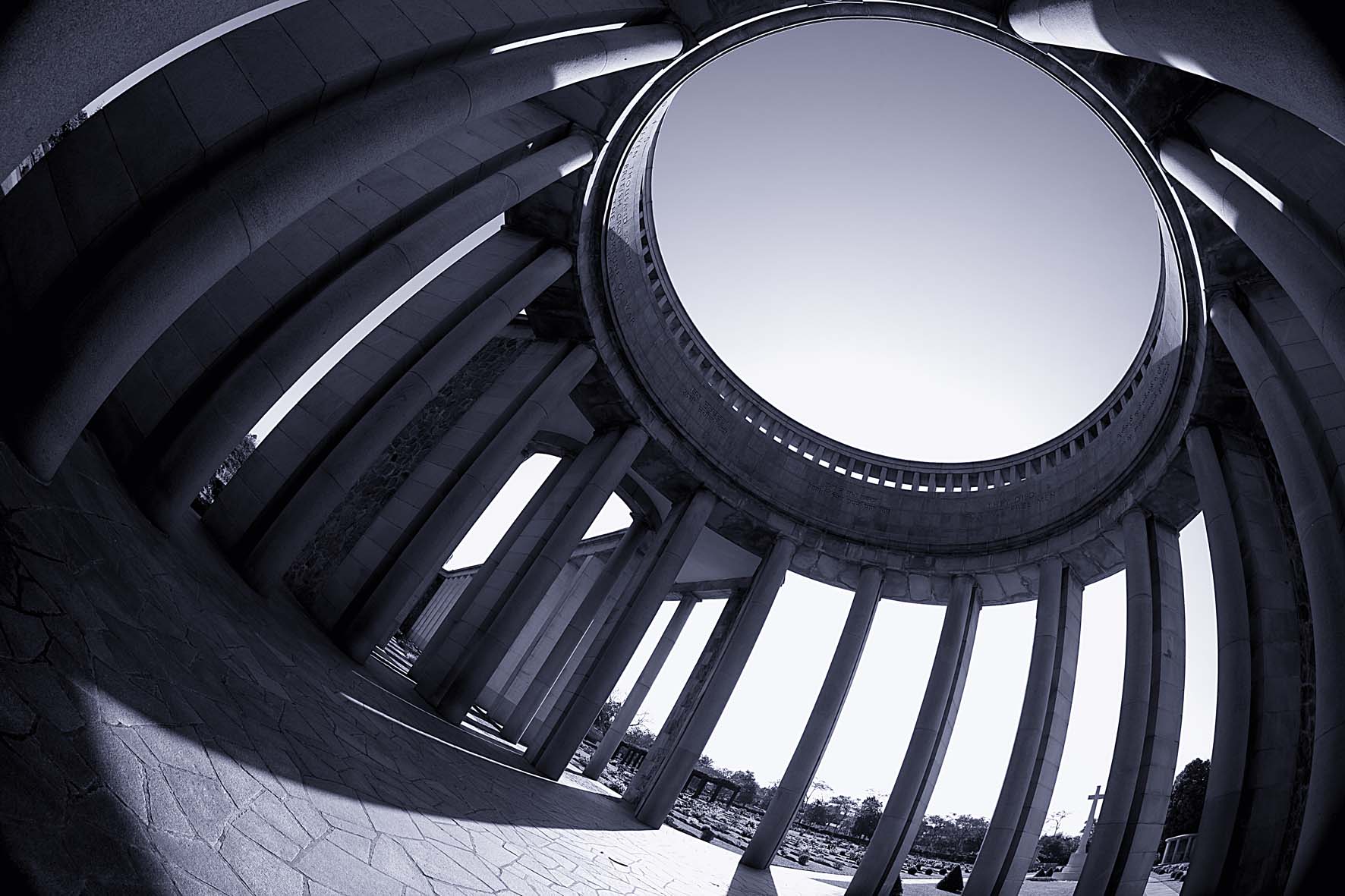
Photo : Taukkyan War Cemetry, Myanmar
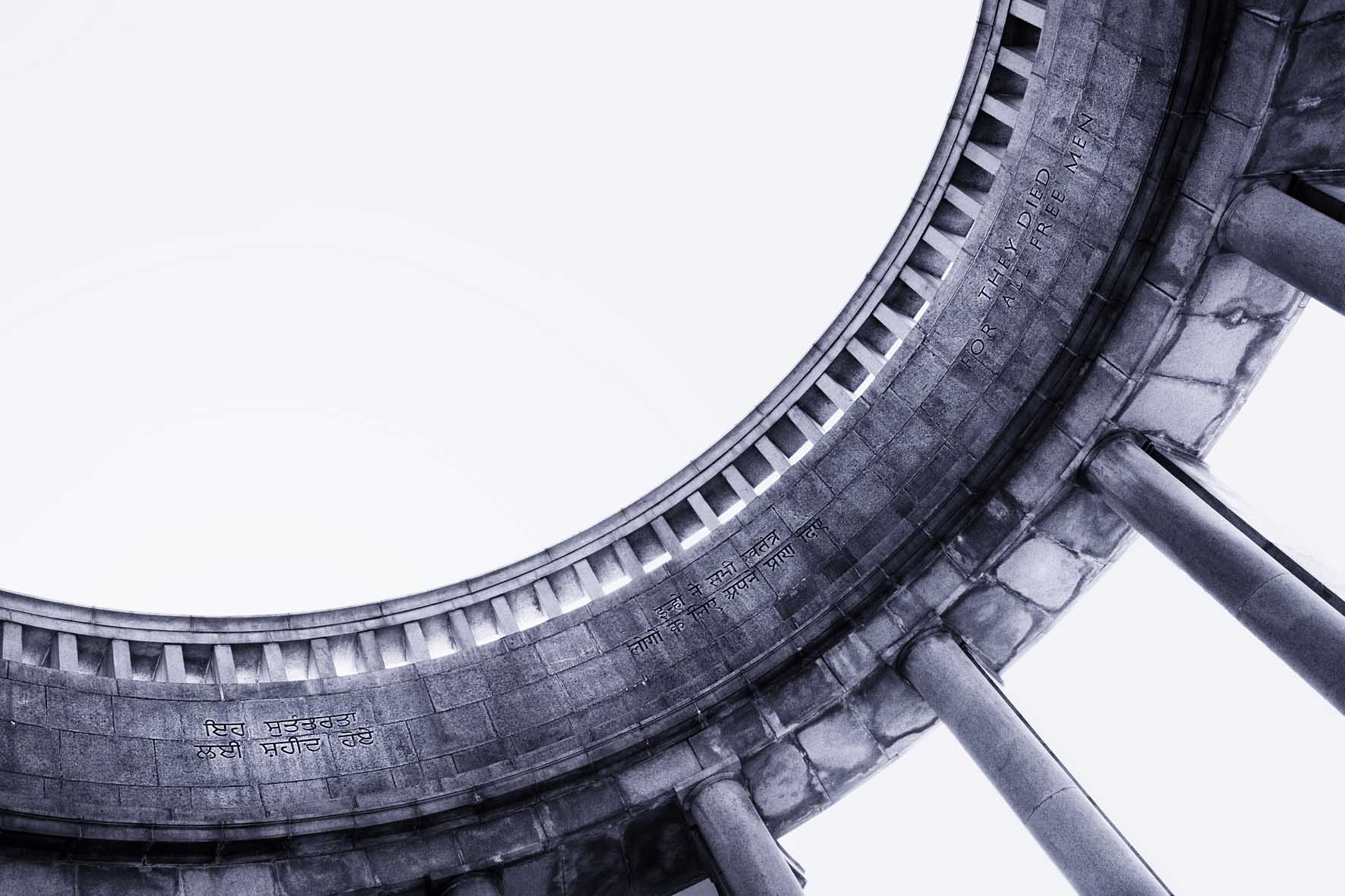
Photo : Taukkyan War Cemetry, Myanmar
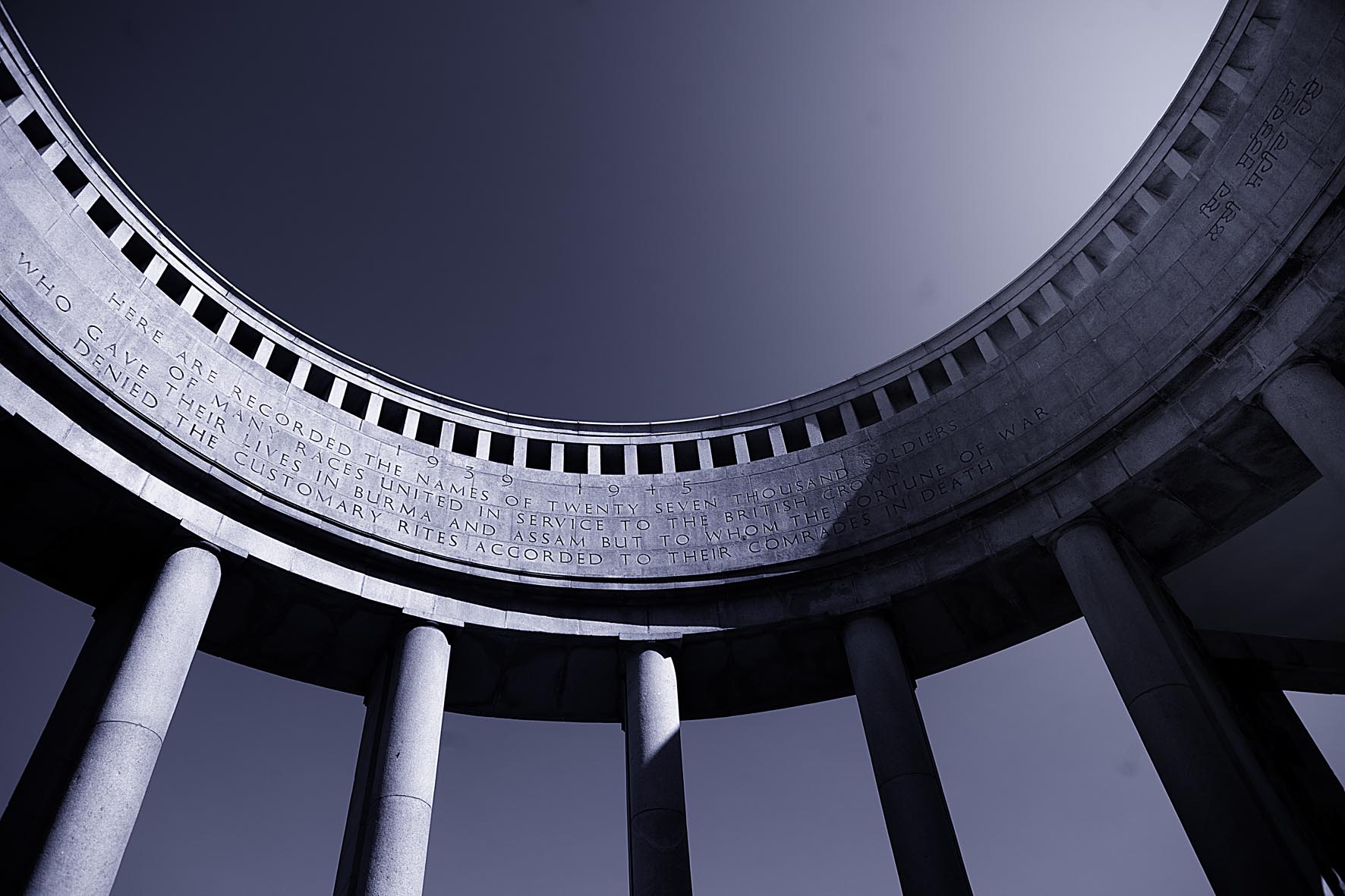
Photo : Taukkyan War Cemetry, Myanmar
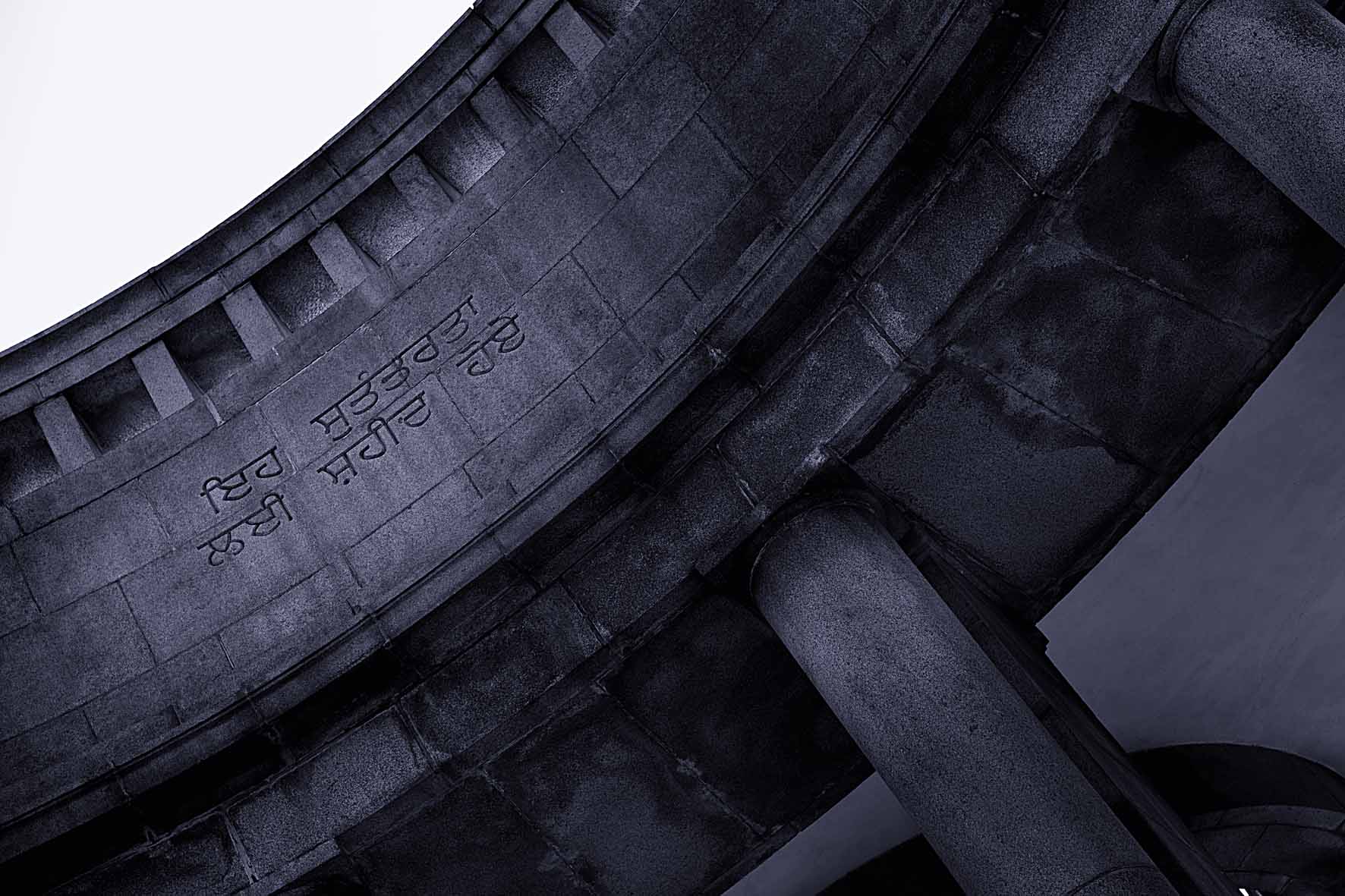
Photo : Taukkyan War Cemetry, Myanmar

Comments(13)
Atamjot says:
December 20, 2012 at 9:05 PMWhat pride… goosebumps and a head held high…
When people ask me what am I most proud of…it is of my very being ….a soldier’s child and grand daughter… love the Forces…with fierce undaunted passion and pride…
daljit says:
January 2, 2013 at 1:03 PMGreat information something to be really proud of. Pl Keep it up. Another reason to visit Rangoon. Wishing you and your family a happy new year
Nick says:
January 3, 2014 at 9:39 PMBeautiful piece of writing and the photographs are stunning…Their are some of us in Europe who known and appreciate the sacrifice of the Indian soldiers during both Wars. Keep up the great work!
Joe Lall says:
January 4, 2014 at 3:18 AMYou have captured a great piece of history here …. Perhaps not that we’ll known
Amarpal Matharu says:
January 4, 2014 at 7:16 AMVery amazing photographs and narration! Thank you for sharing the bravery and sacrifice made by the Sikh Soldiers!
gurbinder says:
January 5, 2014 at 12:28 AMgreat sacrifices made for mankind
Suroopa Chatterjee says:
December 12, 2016 at 3:26 PMWonderful,educative and enriching read. As expected from you.
Bahadur Singh says:
December 12, 2016 at 6:11 PMWith Pride and Honor. I already knew that a war memorial is there in Burma, but never saw the pictures. thank you for providing such great piece of history
Geetali says:
December 12, 2016 at 7:23 PMAs always, a beautiful eye-opener from you. Your words match the wonderful images. Thank you.
Karamjeet Singh says:
December 12, 2016 at 8:31 PMVery informative especially when it reminds me of my dad who was part of the British contingents that liberated Burma from the Japanese around 1944. He was manning POW camp after Japs surrendered.He survived to see action in Sino-India Conflict 1962 and Indo-Pak war of 1965. Sikhs have contributed substantially to wars in all fronts as you have rightly said, but find few references chronically except for these war cemetries that abound globally.
Thanks for sharing and picturizing.
A.P.S.Virk says:
December 13, 2016 at 3:23 AMThe list contains name of my forefather who fought in the world war 1 and also has a name where a Gurudwara is still functional in a famous education institute in Lahore. This also has a mention in book The Lost Heritage.
Proud of strong family legacy.
stephanie sheppard says:
December 13, 2016 at 5:35 AMBeautiful Amardeep
Ajay Tripathi says:
December 20, 2016 at 11:30 AMYou have actually paid a homage to these warriors and given an opportunity to the reader like me to do same. The great photographs in B&W texture, is taking the reader to that era when they fought and died for All Free Men!